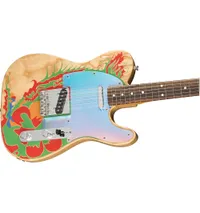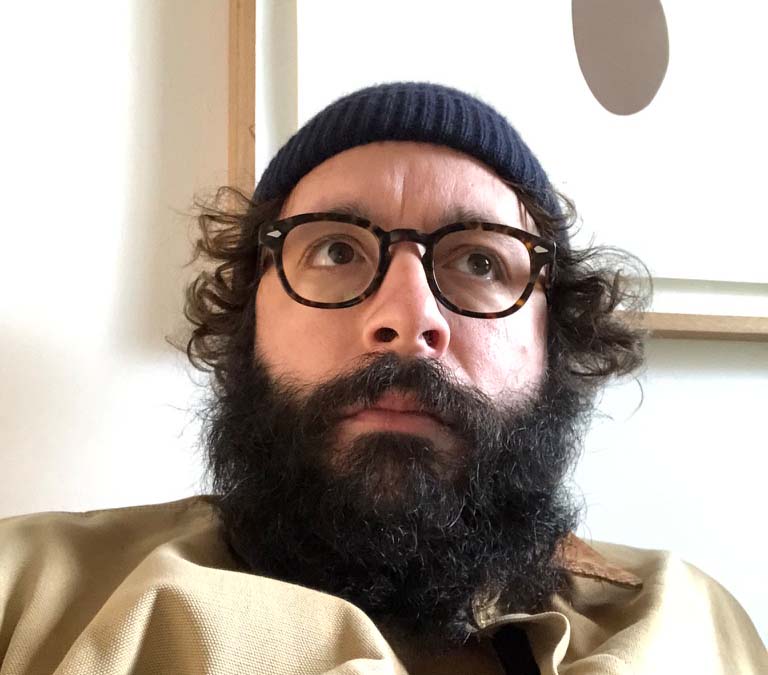Jimmy Page’s guitar gear: everything you need to nail the Led Zeppelin legend's sound
Looking to emulate that pristine Stairway to Heaven twang? Or perhaps the pounding riff of Immigrant Song? We’ve got you covered

So you want to sound like Jimmy Page. Join the club! The thing is, though, reality can be a curmudgeonly old beast, and to sound like Page, we might need to have lived as Page, serving an apprenticeship as a studio session player, jobbing in the Yardbirds before forming the greatest rock band of all time.
But, hey! There’s no harm in trying, and even if playing like Page might require some foot-switchable Crowleyian magick, there are all kinds of readily available gear options - guitars, amps and effects for all budgets - that will get you in the ballpark tone-wise, or at least on the same cosmic plane...
Electrics
Page has used a cornucopia of guitars throughout his career but let’s focus on those that were essential to his sound. And more to the point, those guitars we know he used, for with Jimmy Page, there is legend piled high over myth.
Fender Telecaster

There’s surely one place to start with Page, the Fender Telecaster, and it just so happens that Fender has recently reissued two Teles that were developed with Page to replicate his legendary and much-loved ’59 Telecaster that Jeff Beck gave him as thanks for recommending him for the Yardbirds gig.
This Telecaster featured a 'top loader' bridge, making string bends easier, and was soon “consecrated” by Page, who glued eight mirrors to its body, before stripping the White Blonde finish and adorning it with a painted dragon. It appeared all over Led Zeppelin I, turning up again for the Stairway to Heaven solo.
There are a number of newly commissioned master-built Jimmy Page Telecasters, signed by Page himself. Expectedly, these strictly limited edition models cost a mint, and are extremely hard to find now. But the Fender Artist Series Jimmy Page Telecaster is still widely available in both Mirror and Dragon, and besides coming equipped with two custom Jimmy Page ’59 Telecaster pickups and, capturing all the treble-forward energy of Page’s early Zeppelin tone, these are a seriously awesome late-‘50s spec Teles.
Get the sound
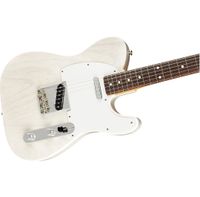
No expense spared: Fender Artist Series Jimmy Page Mirror Telecaster
It ships with the mirrors but you’ve got to apply them yourself, or not - a manageable craft project that’s infinitely easier than mastering the nuances in Page’s phrasing and string-bending.
The guitar features a swamp ash body, signature custom pickups, an ashtray-style 'top loader' Tele bridge that allows you to string through the bridge in order to make string bends easier. Alternatively, you can string through the body as Teles are more commonly setup. It has a custom “Oval C”-profile neck with a period-appropriate 7.25-inch rosewood fingerboard for an old-school feel.
Fender Artist Series Jimmy Page Dragon Telecaster
This is pretty much the same guitar but with Page’s dragon finish. In the pantheon of signature guitars, there are surely few cooler. All you need are the matching pants and a violin bow...
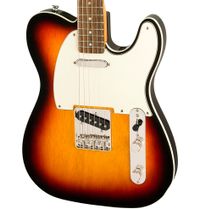
On a budget: Squier Classic Vibe '60s Custom Telecaster
The Classic Vibe series is an awesome entry-level option for vintage Fender tone. The Fender-designed Alnico pickups are seriously persuasive, while that slimmer neck profile will give you that Jimmy Page feel.
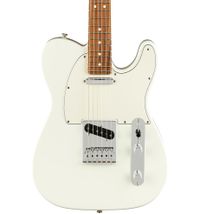
Fender Player Series Telecaster in Polar White
There is little wonder the Mexican-built Player Series is so popular; it offers vintage tone with a more contemporary feel at a seriously competitive price. This Tele’s Alnico V pickups are supremely versatile. And it’s on the money looks-wise. Maybe you could find your own mirrors? Page would approve.
Gibson ’59 Les Paul
Jimmy Page’s number one was famously sold to him by Joe Walsh (then of the James Gang, later of the Eagles) in 1969 for just $1,200, and would go on to replace his Telecaster as his weapon of choice.
All the latest guitar news, interviews, lessons, reviews, deals and more, direct to your inbox!
Featuring a set of sealed Grover tuners, and a push-pull knob for out-of-phase “Peter Green” tones, it has been described by Page as his “mistress and wife”, and was meticulously replicated in the mid-‘00s by the Gibson Custom Shop and shipped with a quite stunning Authentic Sunburst finish aged by master builder Tom Murphy.
Sadly only 150 or so were made, and when they turn up on sites such as Reverb they typically command prices between $8,000 to $10,000.
Get the sound
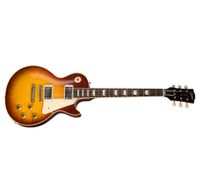
No expense spared: Gibson Custom 60th Anniversary 1959 Les Paul Standard
The most authentic reproduction of the most sought-after electric guitar in history - the holy grail - the 1959 Les Paul Standard. The 60th anniversary of the ’59 Les Paul has seen Gibson’s Custom Shop go into forensic detail in creating period-authentic replicas. Royal Teaburst is perhaps the closest to Page’s aged Authentic Burst. Even if you don’t replace the Grover tuners and rewire the bridge pickup so you have out-of-phase tones on tap, you’ll still have the acme of Les Paul tone at hand to add a certain je ne sais quoi to your execution of Immigrant Song’s rhythm figure one.
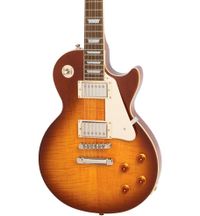
On a budget: Epiphone Ltd Edition Les Paul PlusTop Pro in Desert Burst
This has heaps of LP mojo. The unevenly-wound ProBuckers in neck and bridge have a PAF vibe while push-pull controls give you three single-coil voicings to explore. A seriously good guitar that’s a steal at the price.
The Danelectro
You can’t talk about Jimmy Page’s guitars without mentioning his 1961 Danelectro 'short horn' 3021/DC59. With its lipstick single-coils and semi-hollow Masonite/poplar construction, it is a work of 1960s futurism that has a magic of its own, and was most famously used on Kashmir.
Get the sound
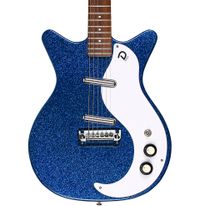
Danelectro 59M NOS+
It’s hard to find one in black but if you are looking to add that Dano-vibe to your game this 59M 'short horn' represents great value. It’s lightweight, a lot of fun, and has clever stacked volume and tone controls.
12-strings
There is perhaps no guitar that expresses classic rock’s sense of ambition and aesthetic excess than the double neck Gibson EDS-1275, which Page used live to recreate the ethereal majesty of Stairway to Heaven. But in the studio it was a Fender Electric XII that offered Stairway’s 12-string choral depth.
Get the sound
No expense spared: Gibson Custom Slash Signed 1966 EDS-1275 in Aged Ebony
You could buy one in Brunswick Blue Sparkle from Guitar Center’s Platinum Collection but we are talking rock excess here so why not go all in with this replica of Slash’s own EDS-1275? There are only 125 in the world, so just tell yourself it’s an investment.
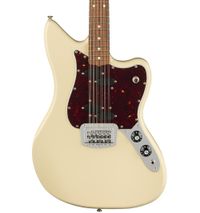
Fender Electric XII
Sure it’s odd, an offset body with a hockey-stick neck, but there is nothing quite like its jangle and shimmer, and if you want to nail the Stairway tone on tape this is what you want. Sonically adventurous players like Thurston Moore are getting a lot of mileage out of the Electric XII and having recently been reissued as part of the Big F’s Alternate Reality Series you can, too.
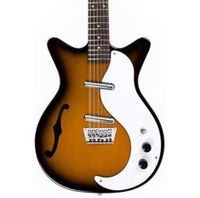
On a budget: Danelectro 59 12 String
With a similar construction to the 59M Dano, this will be easier on your back than the EDS-1275, and a whole lot easier on your wallet, too.
Acoustics
Page used a lot of acoustics used in his Led Zeppelin days. He most famously used a Martin D-28, a Gibson J-200 and a Harmony Sovereign H-1260. But there was also an EKO Ranger 6 and an E-Ros Dakota 606 amongst others.
Get the sound
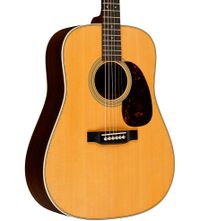
No expense spared: Martin D-28
It wasn’t just Page who fell for the D-28’s sitka spruce and Indian rosewood Dreadnought body - Cash, the Beatles, Dylan were all fans. Little wonder. This is a stunning, supremely resonant acoustic that will only get better with age.
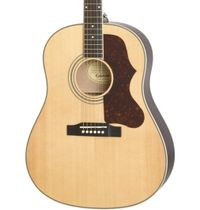
On a budget: Epiphone 1963 AJ-45S
With a spruce top, mahogany back and sides, and a slim-taper 1960s-style, C-profile neck, this AJ-45S sounds and feels great, with a build quality and tone that belies its modest price tag.
Amps
Not only were PA systems underdeveloped in Led Zeppelin’s early years, but the power with which John Bonham hit his drums necessitated plenty of volume from Page’s amplifiers.
Live he used all sorts, including a solid-state (and very expensive) Rickenbacker Transonic on his first tour to the US, before alternating between the likes of the Marshall SLP-1959 and his own custom Hiwatt heads, which were famously used at the Royal Albert Hall and had a warm British crunch that inspired a Catalinbread overdrive that we will list below.
Of course, it was a different ball game in the studio. For Led Zeppelin II, Page was said to have used a Vox UL4120 Hybrid amp head - certainly, the pictures would suggest so - but Page’s studio tone would forever be associated with his use of a Supro combo, most likely a modified Thunderbolt, which had enough hair and teeth to take a hot blues tone and make it heavier.
Get the sound
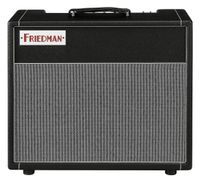
No expense spared: Friedman Dirty Shirley 40-watt tube combo
With so many misty recollections about exactly which Marshall heads Page used, and the fact that those, as with his Hiwatt heads, would have been heavily modded, maybe it’s best to just grab the best boutique amp you can find for British-voiced vintage rock tone. There is arguably none better than the Dirty Shirley.
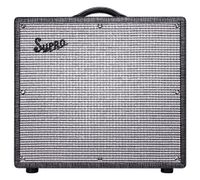
Supro Black Magick Reverb combo
If the Friedman was an unorthodox choice, then the Black Magick is as close as you’ll get to Page’s modified Supro on today’s market. Based on the Supro combo Page donated to the Rock and Roll Hall of Fame Museum, and developed with Lenny Kravitz – who added all-tube spring reverb, independent bass and treble controls and a master volume - this is Jimmy Page, the amplifier.

On a budget: Marshall MG30GFX 30W 1x10 solid-state combo
A fuss-free and hugely configurable Marshall practice amp with onboard effects, this is an excellent option for rock players on a budget. Of course, it looks cool, too. As a practice tool, it’s ideal; there is an auxiliary input so you can play along to your favorite tracks. The goal? Matching Page note for note on the Heartbreaker solo. Eh, good luck.
Pedals
It was interesting when Led Zeppelin got together for the Celebration Day performance in 2007 to see Page using a MIDI pedalboard switcher with a DigiTech Whammy pedal.
Those technologies were not afforded to Page in the late ‘60s. The search then was always for more sustain and a little more gain. To that end, Page used a Tone Bender fuzz box, designed by Roger Mayer.
Equally significant was Page’s Echoplex tape delay, which not only added that delicious echo effect with organic decay, but warmth via its preamp. Page also used a variety of wahs, and an MXR Blue Box Octave Fuzz – most notably on the Fool in the Rain solo.
But none of these got too far in front of that connection between his guitar and his amp, and the use of his volume controls to control how much gain was in his signal.
Get the sound

Fulltone Clyde Deluxe Wah
One of the best wahs on the market, the Clyde Deluxe has three modes - Jimi, Shaft and Wacked - and a 10-step variable input level control. This is many wahs in one pedal, and it’s built tough.
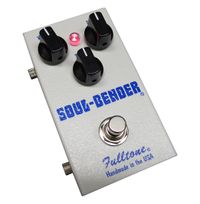
Fulltone SB-2 Soul Bender
Another doozy from Fulltone, the Soul Bender is modeled after the Coloursound and Vox III Series ToneBenders of the 1960s. It features an enhanced tone control, and has germanium transistors for that Sola-Sound England vibe. Use this to push an already pushed tube amp into warm fuzz-crunch nirvana.

Catalinbread Royal Albert Hall WIIO (RAH Hiwatt Emulation) overdrive
This dynamic overdrive will respond to how hard you are playing and is based explicitly on Jimmy Page’s custom Hiwatt heads that were used at the Royal Albert Hall shows. The amp-like feel is extended to the pedal’s three-band EQ, which sees bass, middle and treble interact with one another.
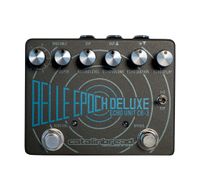
Catalinbread Belle Epoch Deluxe Delay effects pedal
One of the best pedals to recreate the vintage mojo of the EP-3 tape delay, the Belle Epoch is hugely configurable, capable of rockabilly slapback delay and more extreme psychedelic effects such as rotary swirl and self-oscillation. Essential.

MXR Blue Box M103 Octave Fuzz
Now this is a crazy fuzz that doubles your signal two octaves down. Just crank that blend control for more octave madness. But more subtle levels will give you Page’s Fool in the Rain tone.
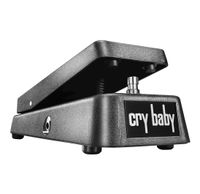
On a budget: Dunlop GCB95 Cry Baby
For 80 bucks, it is arguably the best-value wah on the market, and there are no more iconic wah tones that a Dunlop wah.

Electro-Harmonix Ram’s Head Big Muff fuzz pedal
This Big Muff reissue will give you heaps of mid-‘70s fuzz tone and a surprising amount of note separation for a slightly more usable effect, perfect for pushing your amp a little more for that Page crunch and sustain.
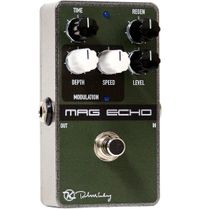
Keeley Mag Echo
A magnificent delay at an incredible price - and more commonly acquired as one half of Keeley’s Caverns reverb/delay pedal - this will give you 40ms to 600ms of warm tape-style echo.
Jonathan Horsley has been writing about guitars since 2005, playing them since 1990, and regularly contributes to publications including Guitar World, MusicRadar and Total Guitar. He uses Jazz III nylon picks, 10s during the week, 9s at the weekend, and shamefully still struggles with rhythm figure one of Van Halen’s Panama.
